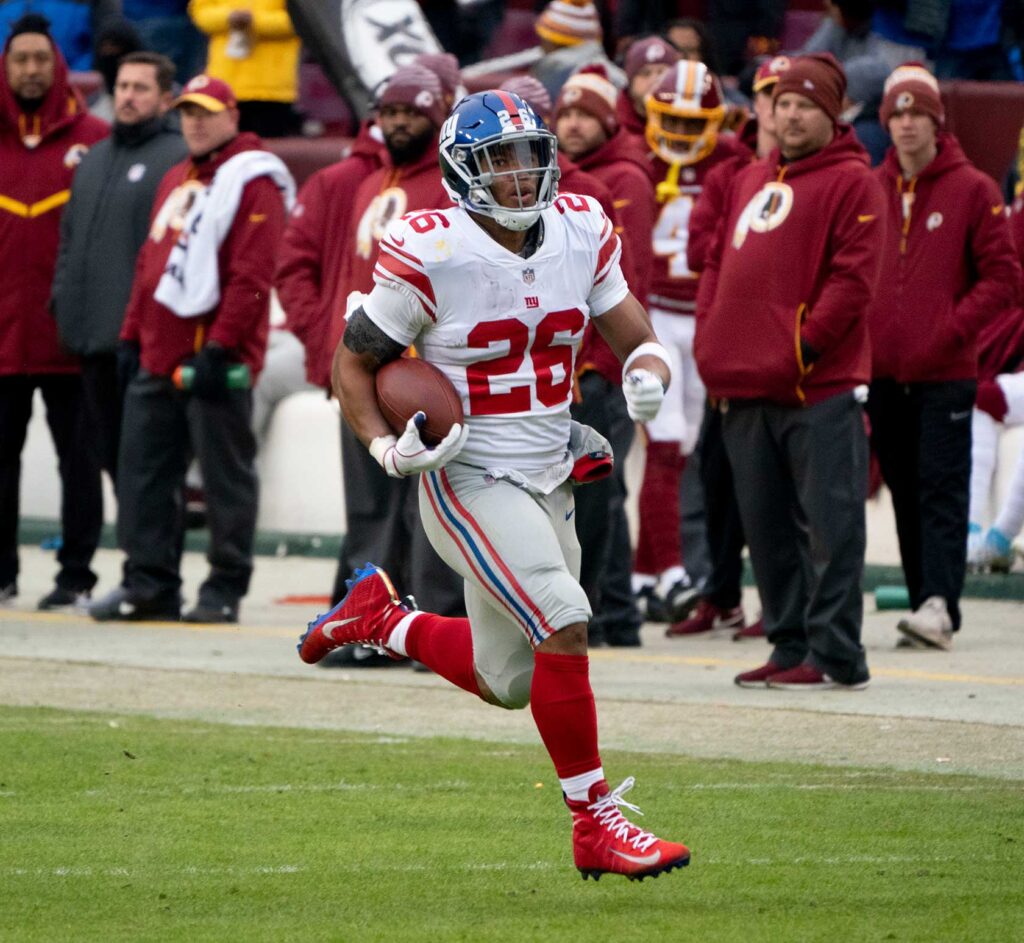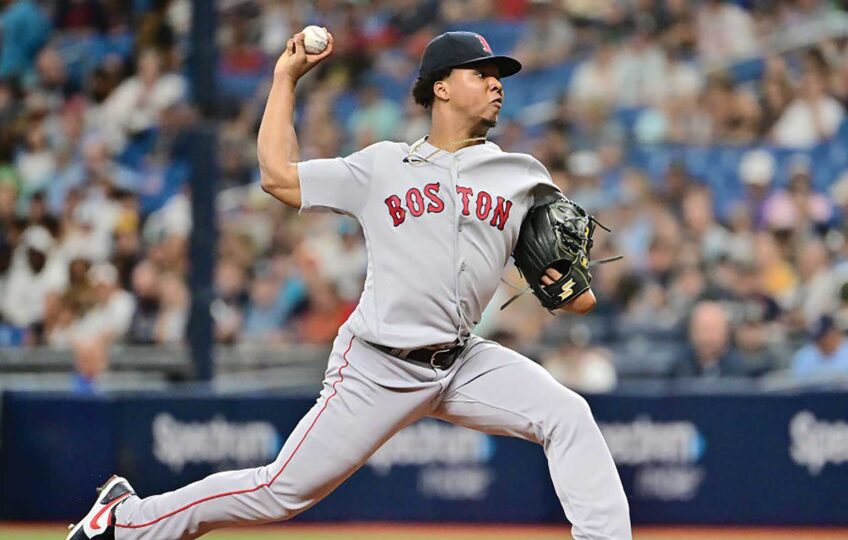
There was a time, long ago, when the running back was the featured player in all of football. From Pop Warner to the NFL, the boys and men who lugged the pigskin up and down the field were the game’s ultimate stars. Ah, for the good old days that are now a distant memory. For today’s fans with no sense of football history, names such as Red Grange, Pete Van Buren, the immortal Jim Brown, Gale Sayers, Walter Payton, Barry Sanders and Emmitt Smith are ancient relics.
Before famed Notre Dame coach Knute Rockne brought the passing game to modern-day football, the running back was the top dog. Offensive football was generated by the single-wing formation, with the running quarterback and tailback as featured performers. The forward pass sped up the game and made it more exciting for fans. The ability to move the football through the air brought a new dimension to the sport, changing it forever.
We travel at light speed to today’s version of football, mainly the NFL. In a 2013 interview, I spoke to Jim Brown, one of the greatest running backs of all time, and he explained, “Modern-day football is a show-game made to entertain fans. With so many rules designed to feature the passing game, the running back is reduced to a lesser figure of importance in the game.” Other great running backs such as Sayers, Payton, Smith and today’s top running backs have echoed that observation.
As we approach the start of the NFL’s 2023 season, running backs fall far behind quarterbacks in salary. The recent signing of 25-year-old LA Chargers quarterback Justin Herbert to a five-year, $262,500,000 contract extension will pay him an average of almost $53 million a year, while Christian McCaffery, the league’s highest-paid running back, makes around $16 million. The two contracts graphically show the disparity in the pay scales for quarterbacks and running backs.
Further down in running back pay sits Saquon Barkley, the star of the New York Giants. The 26-year-old is the featured offensive performer for his team. His teammate, quarterback Daniel Jones, recently signed a four-year extension for $160 million, an average of $40 million a year. When it came time for Barkley to get paid, the Giants offered a deal that would have paid him $10 million plus a year. Barkley, the sixth highest-paid running back in the league, signed a short-term contract with incentives, knowing he is being underpaid for what he brings to the Giants’ offense weekly. “I thought about sitting out but decided to accept the deal the Giants offered because I didn’t want to hurt the team. I wanted to be with my teammates,” he explained.
Barkley’s loyalty to his Giants teammates aside, his acceptance of the Giants’ low-ball contract has told other running backs what the real deal is regarding getting paid. Derrick Henry, 29, (Tennessee Titans, $12 million plus); Josh Jacobs, 25, (Las Vegas Raiders, $10 million plus); and Jonathan Taylor, 24, (Indianapolis Colts, $7 million plus or less than $2 million a year) also know that they are being underpaid for their work but are powerless in this quarterback-driven era.
Consider the comments of Indianapolis Colts owner Jim Irsay about Taylor’s contract: “We have negotiated a CBA (collective bargaining agreement) that took years of effort and hard work and compromise in good faith by both sides…. To say now that a specific player category wants another negotiation after the fact is inappropriate. Some agents are selling ‘bad faith.”’
One is compelled to think that Irsay has gained support from fellow owners, who are spend-crazy for quarterbacks while chiseling running backs. I know these squabbles may not make sense to the average hard-working person who struggles each week to put food on their family’s table. Still, it is relevant to NFL running backs who have a short career window to provide entertainment for hard-working people who tune in to watch them.
In today’s pass-happy league, you still need good running backs, especially in short-yardage situations and down in the red zone close to the goal line. Dominant running backs like Henry, Jacobs and Barkley provide the threat that keeps the passing game flowing. Too bad NFL owners don’t see things this way.






